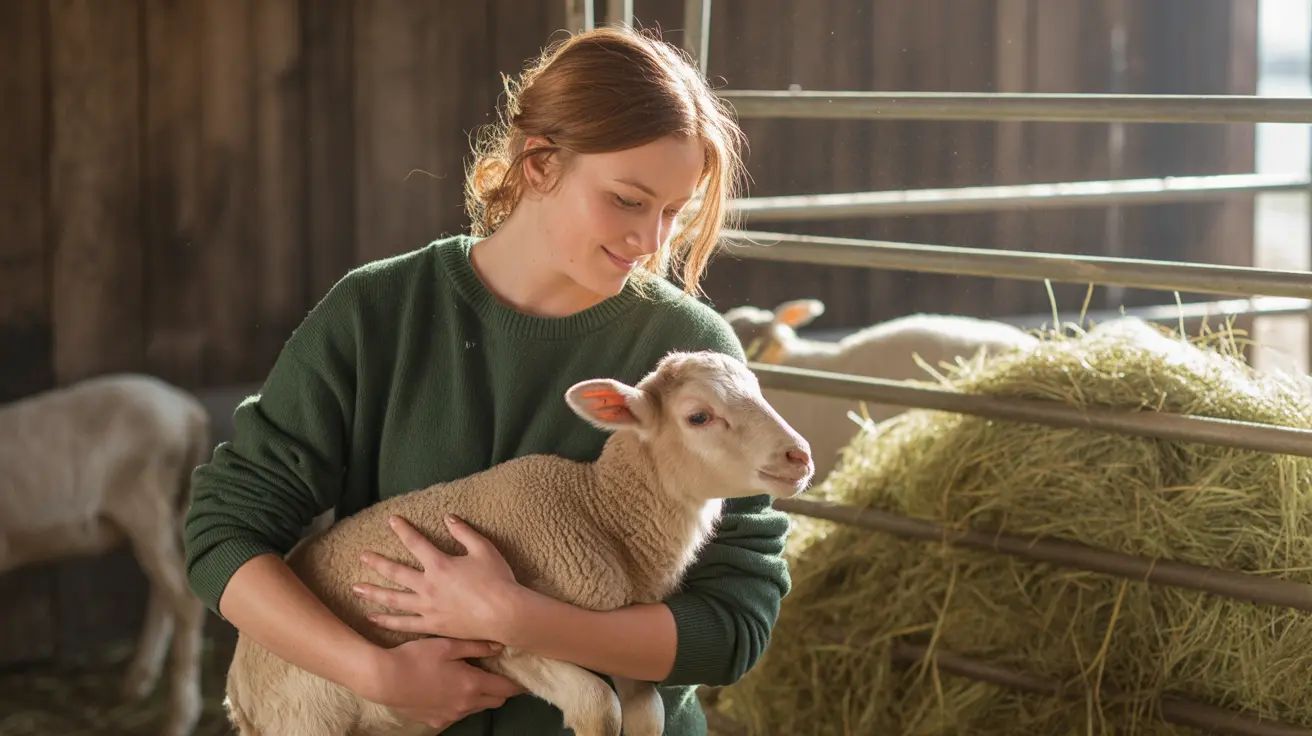The Safest Fruits for Dogs: A Focus on Pears
Dogs can enjoy a variety of fruits as healthy treats, but not all fruits are created equal when it comes to pet safety. Among the many options available, pears stand out as one of the safest fruits for dogs—provided they are served correctly and in moderation. In this article, we will explore why pears are safe, how to prepare them, and what precautions dog owners should consider before sharing this sweet fruit with their canine companions.
Benefits of Feeding Pears to Dogs
Pears are packed with nutrients beneficial to a dog’s health, including:
- Vitamin C – Supports the immune system and helps fight infections.
- Vitamin A – Crucial for eye and skin health.
- Fiber – Aids in digestion and can help regulate bowel movements.
- Antioxidants – Assist in reducing inflammation and promoting longevity.
- Potassium and copper – Support nerve function and red blood cell production.
These nutrients make pears a smart, occasional snack for dogs, especially when owners are looking to add variety to their pet's diet.
How to Prepare Pears Safely for Dogs
To reap the benefits without risking your dog’s health, proper preparation is essential. Follow these steps:
- Wash thoroughly – Remove any pesticides or chemicals. Organic pears are preferable.
- Remove the core, seeds, stems, and leaves – Pear seeds contain cyanide and can be toxic to dogs.
- Peel the skin if your dog has a sensitive stomach – Though the skin provides extra fiber, it may cause digestive upset in some dogs.
- Cut into small, bite-sized pieces – To prevent choking, especially in small breeds or older dogs.
- Feed fresh and ripe pears only – Avoid canned or processed pears, which often contain added sugars or preservatives harmful to dogs.
Moderation Is Key
Even foods labeled as safe should be offered in moderation. Experts recommend that treats should constitute no more than 10% of a dog’s daily calorie intake. Due to their natural sugar content, approximately 10% by weight, overfeeding pears can lead to weight gain or digestive issues.
When to Avoid Feeding Pears
Despite being generally safe, pears are not suitable for every dog. You should avoid feeding pears if your dog:
- Has diabetes — due to the sugar content.
- Is overweight or prone to obesity.
- Has shown signs of food allergies.
- Exhibits digestive upset from high-fiber foods such as fruit peels.
If you're unsure, always consult with your veterinarian before introducing new treats.
Warning Signs and How to Respond
Although rare, dogs can exhibit allergic or digestive reactions to pears. Signs may include:
- Vomiting
- Diarrhea
- Excessive gas
- Itching or swelling
If any of these symptoms occur, discontinue feeding pears immediately and consult your vet.
Other Fruits Safe for Dogs
Alongside pears, there are several other fruits that dogs can safely enjoy:
- Apples (seedless)
- Bananas
- Blueberries
- Blackberries
- Cantaloupe
- Cranberries
- Honeydew
- Mango
- Oranges
- Peaches (pit removed)
- Pineapple
- Raspberries
- Strawberries
- Watermelon (seedless)
As with pears, introduce each new fruit gradually and monitor for any adverse reactions.
Fun Ways to Serve Pears
Creative ways to offer pears include:
- Mixing small pieces into kibble for enhanced flavor
- Blending into a smoothie with other dog-safe fruits
- Combining with plain, sugar-free yogurt
- Stuffing into a KONG toy for engaging enrichment
- Slicing and dehydrating for a crunchy treat
- Using pear baby food (ingredient-checked) as a flavor enhancer
Conclusion
Pears are a safe, healthy fruit for dogs when prepared and fed correctly. They offer a host of nutritional benefits and can be a tasty, low-calorie treat. Always remember to wash, core, and slice pears appropriately, and never exceed recommended treat quantities. With proper care and veterinary guidance, fruits like pears can brighten your dog’s diet and contribute positively to their overall wellness.





